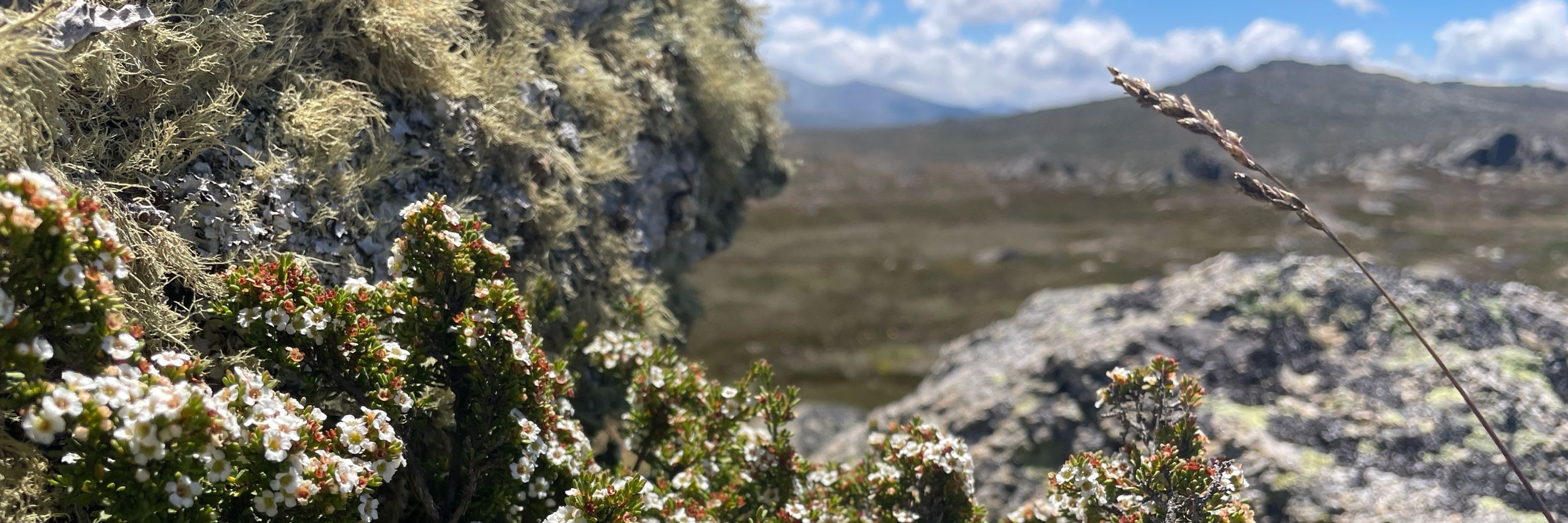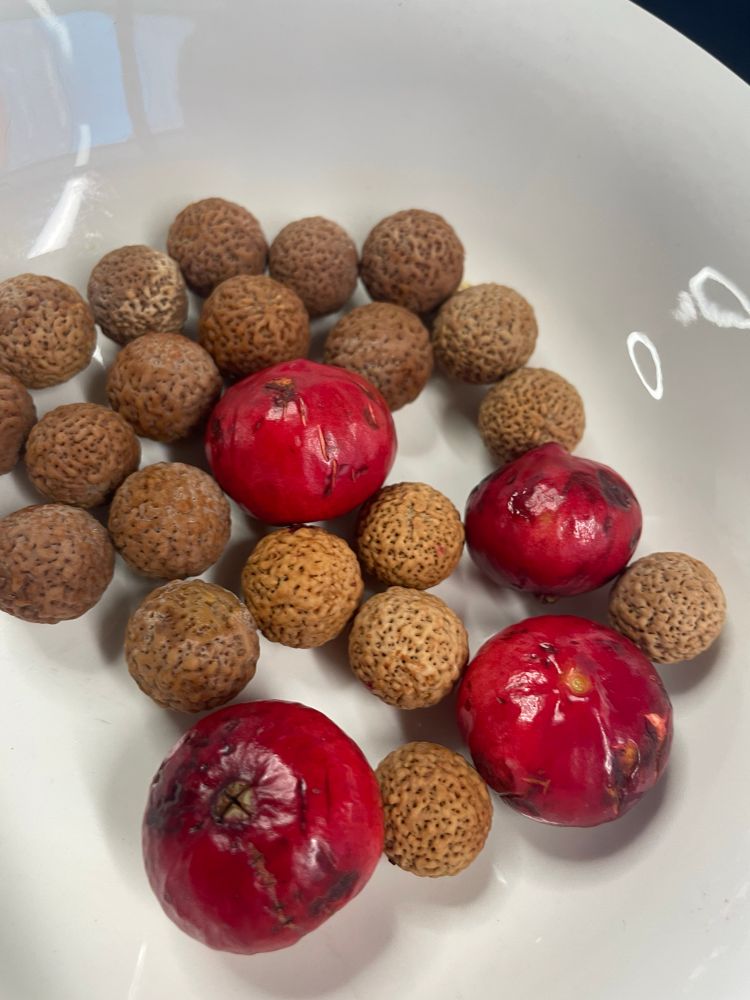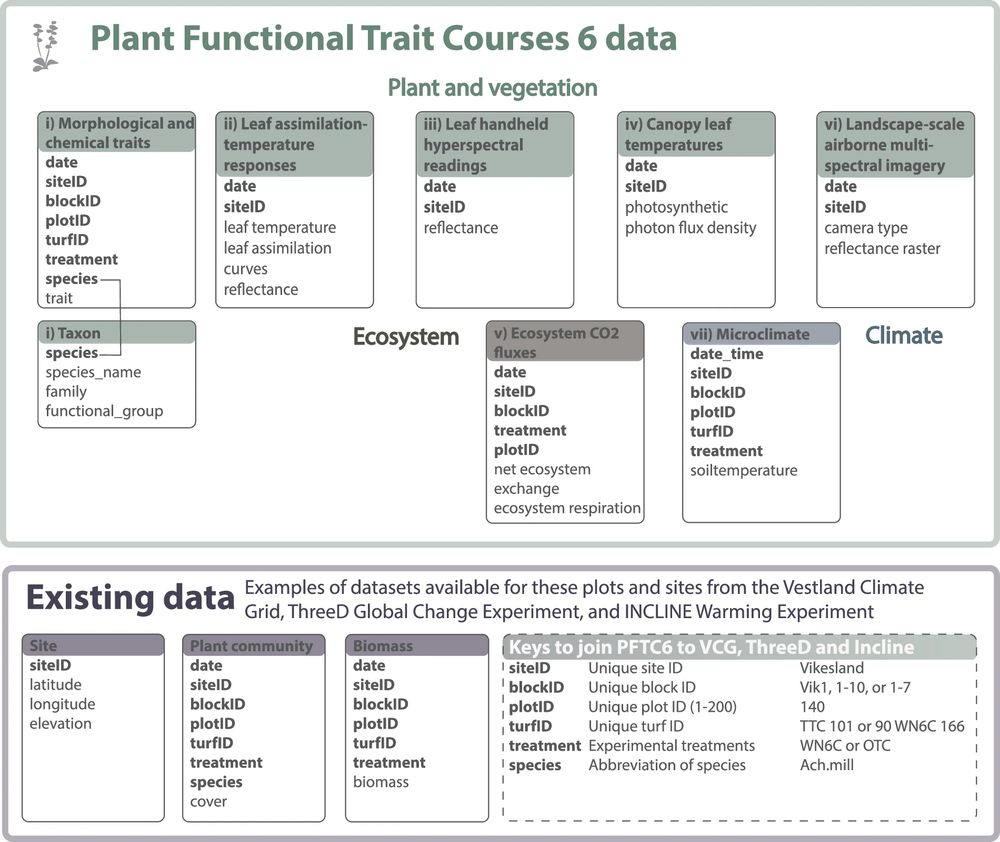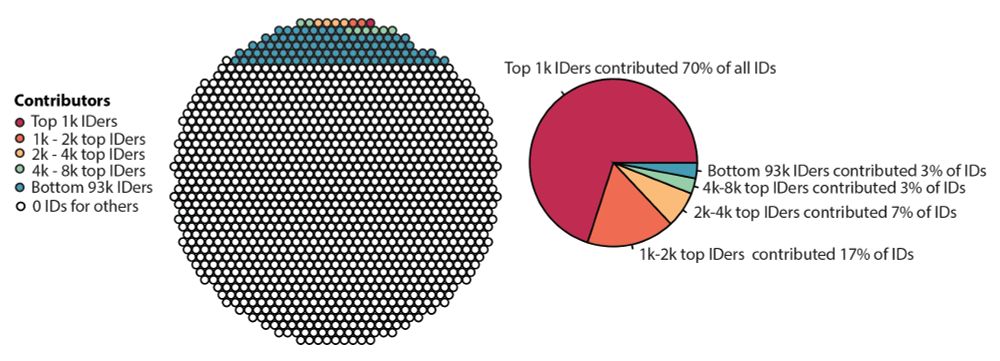Dr. Hilary Rose Dawson
@hilaryrosed.bsky.social
4.6K followers
1.4K following
860 posts
It's all about plants in the end
(and truffle diversity | soil carbon)
she/her 🏳️🌈 🌾🍄👩🏼🔬⛰️🌱
#WomenInSTEM #botany #fungi #seeds
PhD from UOregon 🇺🇸
Postdoc at the Australian National Uni 🇦🇺
#MSCA postdoc UiBergen '26 🇳🇴
HilaryRoseDawson.wordpress.com
Posts
Media
Videos
Starter Packs
Reposted by Dr. Hilary Rose Dawson
Reposted by Dr. Hilary Rose Dawson














